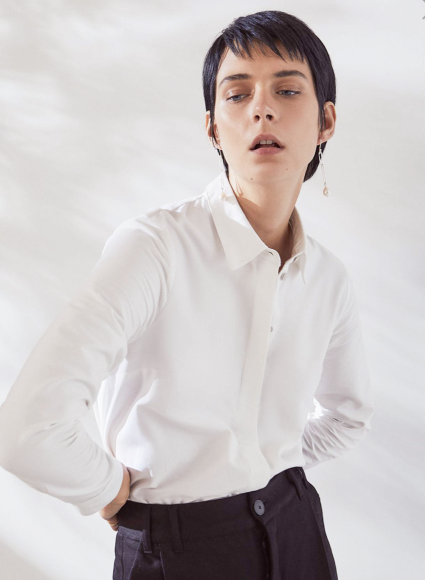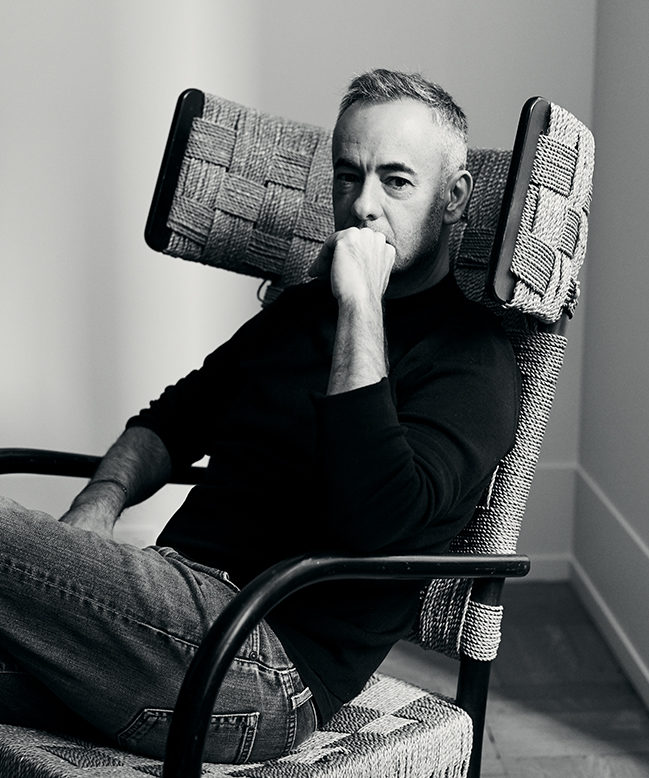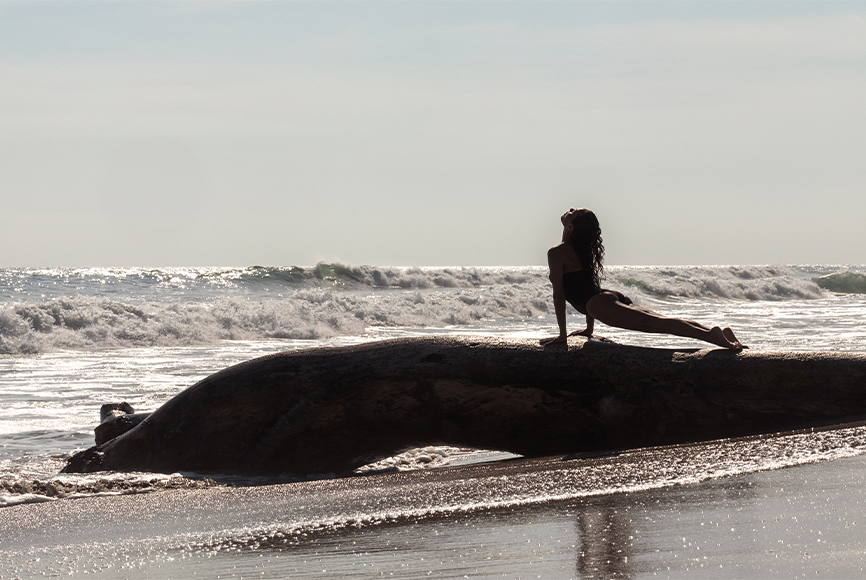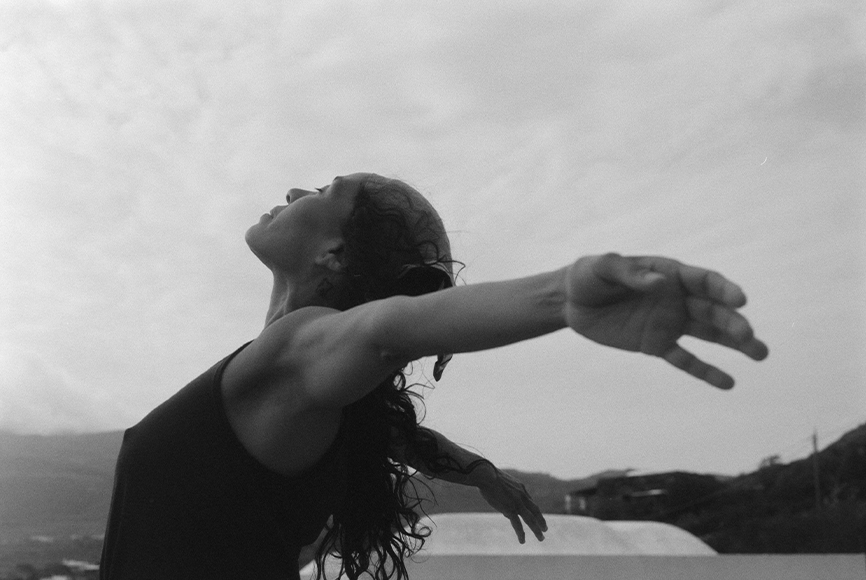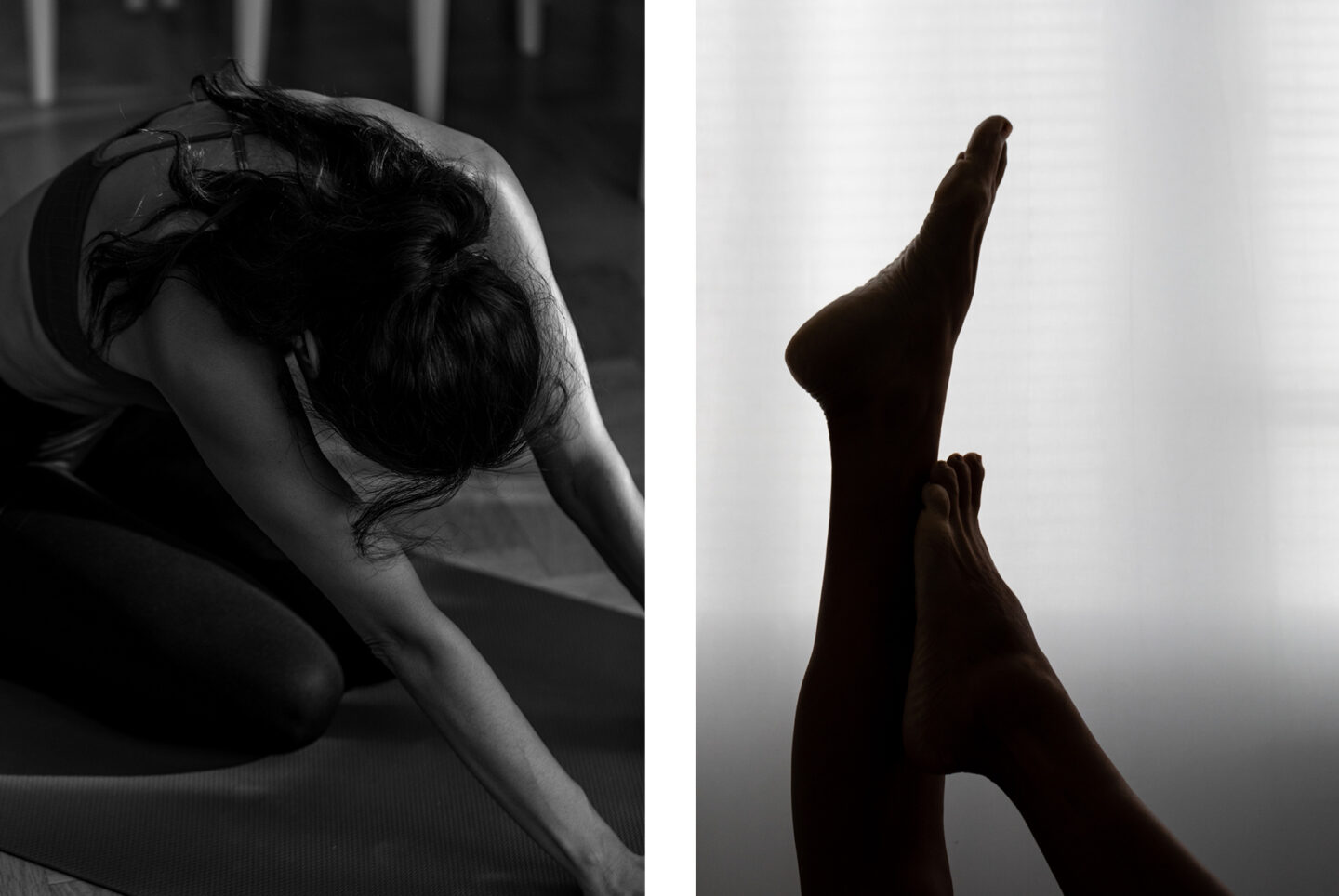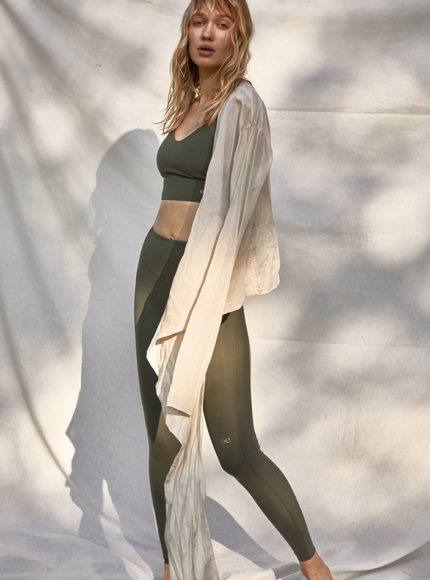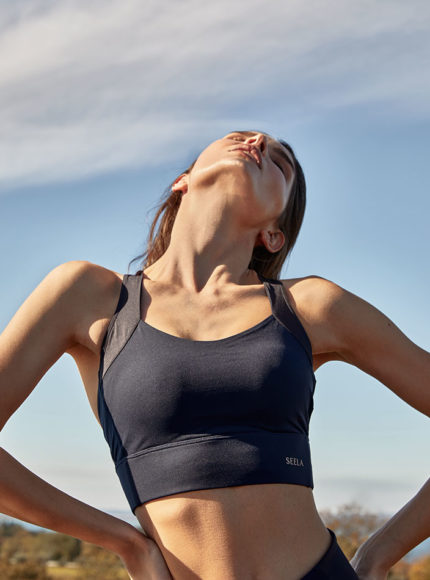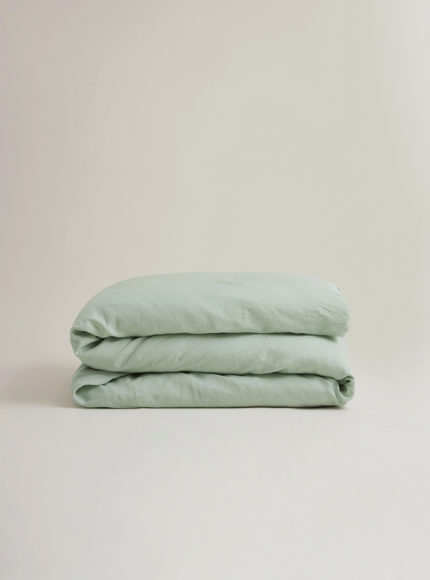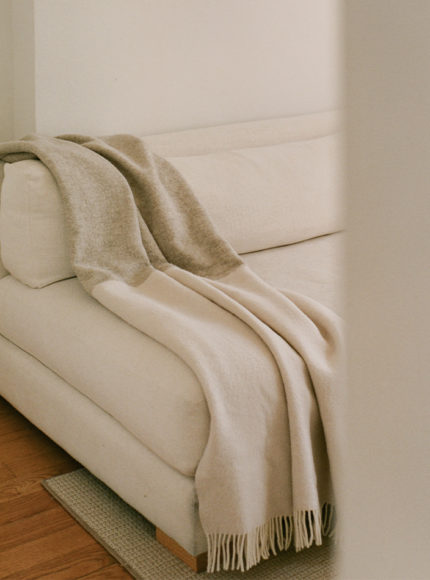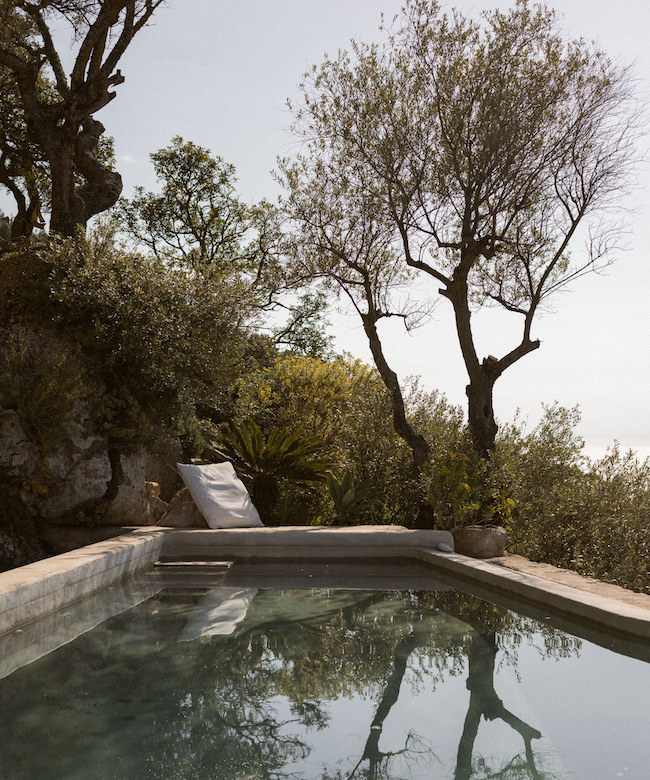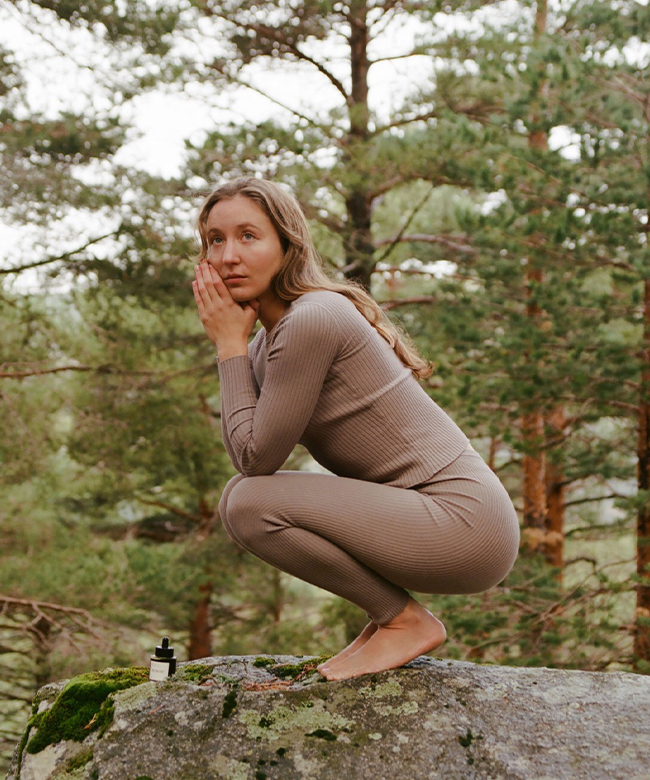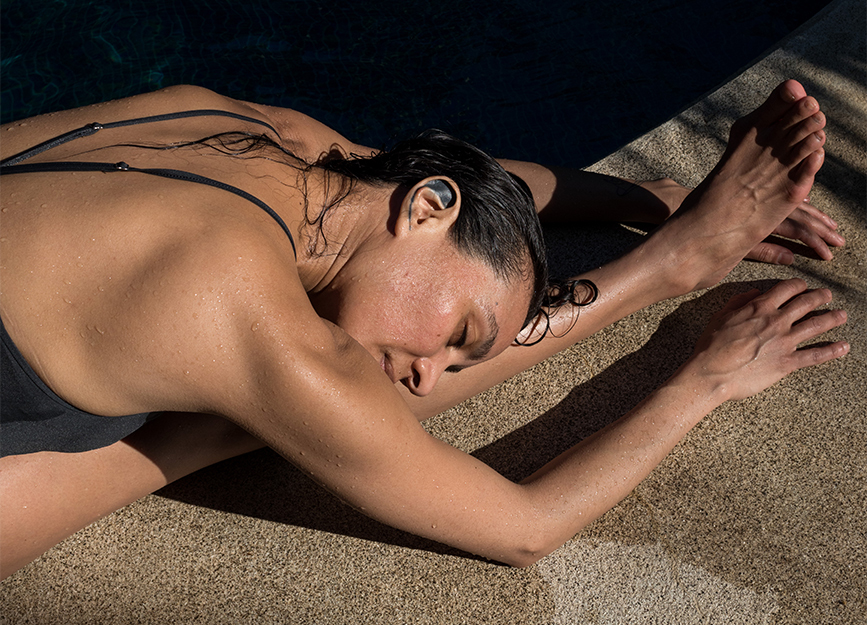

@in.aurea
@in.aurea
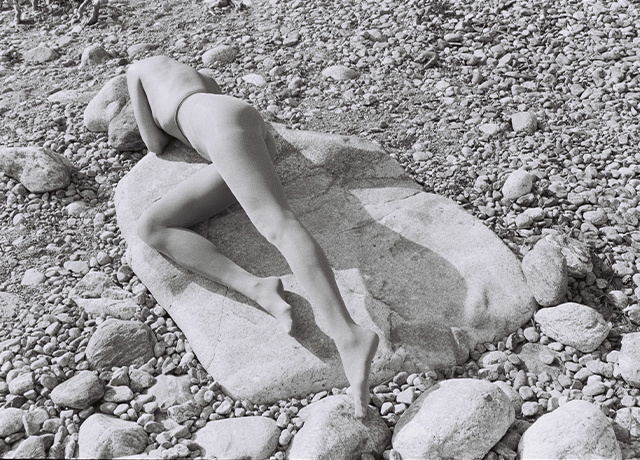

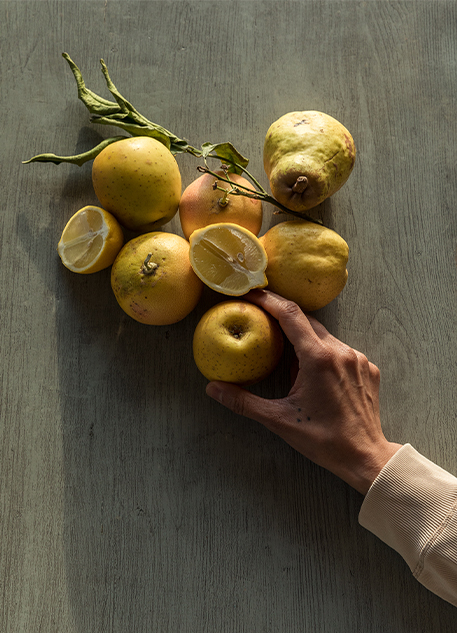

@in.aurea
Wellness
An Earth Flow Fascia Yoga Routine by Johanna Ljunggren
Our friend Johanna Ljunggren (@in.aurea) shares a beautiful yoga sequence that allows you to honour fascia, the connective tissue of our body, that supports every structure inside of us. When stressed, fascia tightens up, restricting our movement, making us trapped inside our own bodies. Working with the fascia through movement reawakens those tissues and brings us the freedom through our own bodies that we often crave deeply.
If you’d like to market your brand with us, email taylorb@revenvert.com.
Fascia: Weaver of Symphonies in the Human Body
Imagine that the fascia is like a network of rivers. The source of flowing water, transportation and home to microorganisms, fish and plants. Considered sacred by indigenous people worldwide, like the Ganges or the Amazon. These water capillaries carry tales, sagas, myths, and fables over time and space.
We want this water to be fresh and ever-flowing, and if, for some reason, it should become stagnant, acidification occurs. The PH balance is disturbed, and acidity forms in the environment and the body.
Little did I know when I stepped onto my yoga mat 23 years ago that I would fall in love with tissue. Back then, it was all about flexibility, asanas, alignment, and, yes, I admit, muscle tone and a lean figure. To be fair, if you aim to keep the practice alive over a lifetime, you will probably change course multiple times. Connective tissue, or fascia, is like the weaver of stories and ancestry. Perhaps, my somewhat rootless shapeshifting felt the instinctive pull to explore this further…
Fascia forms in the early stages of embryonic development. It is part of the body’s connective tissue system, one of the first to develop in an embryo.
During embryogenesis, the mesoderm, one of three primary germ layers in the very early embryo, forms into various structures, including connective tissues, muscles, and bones. Within the mesoderm, formations of connective tissues like fascia start. It is fascinating and logical that every push and pull we do in the womb and for the rest of our lives shapes the fascia.
Fun activity:
I like to bring a lemon into my classes and workshops, feeling like that strange “lemon lady.” Nonetheless, it is the perfect object for showing how this system operates.
The white web symbolises the fascia. The flesh and juice are the lymph system, organs and muscles. Small notches with smaller compartments and networks extending from the more compact centre. This forms the entire fruit.
If, for example, the fruit has received internal or external impact over time, this will eventually show as the white web changes its course.
You can activate fascia by creating friction, engaging, elongating and touching, this gets the juices flowing, and you move through those sticky dried-up parts.
- Cut a lemon in half
- Squeeze the lemon and/or rub the halves against each other
- Watch how the liquid pulses and exfoliates the entire fruit
How can this connect to movement: Through poetry
The formation and structuring of fascia continue throughout the development of the fetus, laying down the groundwork for the complex web that will permeate the entire body. This foundational development is essential for the body’s overall structure and function, allowing for movement, support, and protection of internal organs and muscles.
Understanding the embryological origin of fascia can deepen the appreciation for its complexity and importance in human anatomy and movement practices like Fascia Vinyasa.
It illustrates that it is not simply mechanical; it’s deeply integrated into our biological development from the earliest stages of life. It serves as a portal for memories, instinct and nature. Nature and humans hold the ultimate bond, as we are one and the same for those willing to explore.
As the seasons change and the earth breathes, our body adapts and transforms. The principles of Fascia Vinyasa are not just a method or technique; they can be a poetic expression of our inherent link to the natural world. It is a practice that recognises the fluidity of water, the stability of mountains, the resilience of trees, and the grace of wind.
In the gentle fluctuations of a lake, we can discover the suppleness of our spine; in the strong embrace of the soil, we feel the rootedness of our spirits. The inquisitive will find that we are not separate from the world surrounding us. We are a reflection of it, a microcosm of the universe, intricately woven by duplicate threads that weave together the tapestry of life.
I love that in embracing this dance, this beautiful web of connectivity, we are not simply improving our physical form or adding to the separatism and othering of society.
We are attuning ourselves to the ancient melodies of existence, resonating with harmony, balance, and grace. It is a practice not just for the body but for the soul. It is a way to move with strength, wisdom, and understanding.
Johanna's Fascia Routine
Understanding Fascia
Fascia is like a beautiful web that permeates the entire body. Far from just wrapping around muscles, it is an intelligent and responsive system that connects everything from head to toe. This understanding aligns not just with modern anatomy; it reaches back to the wisdom of Traditional Chinese Medicine (TCM), where Qi flows through meridians, channels that reverberate with fascial pathways.
Conventional Stretching: A Common Misstep
Traditionally yoga enthusiasts have often turned to stretching to prepare for asanas(postures). However, experts say, traditional stretching is contradictory: a strained muscle becomes less responsive and stays weakened after stretchig. In an area where efficiency is vital, beginning a workout in a weakened state contradicts the essence of movement. In the video sequences, you initiate flow instead of hanging out in the outer realms of your joints.
Introducing Fascia Vinyasa
Enter Fascia Vinyasa, a method that honours the body’s connectivity and offers a more harmonious approach to flexibility and strength. I was inspired by nature’s fluidity; it incorporates principles from anatomy, TCM, and mindfulness to create a practice that supports rather than hinders performance. It is time to embrace an approach that understands the body as a symphony, with each part playing a vital role in a harmonious whole.
Moving with Fascia: Key Instructions for Embracing the Fascia Vinyasa Method
Give yourself some time to get into the flow of things, and if you need guidance, you can always reach out to me.
Approach the practice with patience, allowing the insights to unfold gradually.
- Awareness and Sensitivity: Begin with tuning into the body, sensing (if possible) the connections of the fascial web, and acknowledging the natural ebb and flow within.
- Gentle Exploration: Rather than forcing a stretch, approach each movement with curiosity and gentleness. Remember to use the mat as suction to secure your arms, heels and feet. You want to capture this friction and move it into the fascia.
- Flowing Transitions: Emphasise continuous and fluid movements, allowing the body to glide from one posture to another.
- Breath Integration: Link each movement to the breath, creating a rhythmic dance between the physical and the subtle. Let the inhalation lift and open; the exhalation ground and release.
- Alignment with Nature: If you already feel a strong link to nature, embrace natural principles like water’s grace or mountains’ stability. Let these elements guide and inform the quality of movement.
- Holistic Engagement: Recognise that Fascia connects the entire body. Moving one part affects the whole. Cultivate a sense of whole-body integration and responsiveness. Small movements that make a difference.
- Mindful Presence: Maintain an attentive and non-judgmental presence throughout the practice.
- Regular Practice and Patience: Like any relationship understanding fascia takes time and consistent exploration.
By following these guidelines, the Fascia Vinyasa method encourages practitioners to engage with their bodies in a way that honours the inherent wisdom and connectivity within the human form. It is a dance with the self, a conversation with the natural world, and a path toward greater harmony and well-being.












